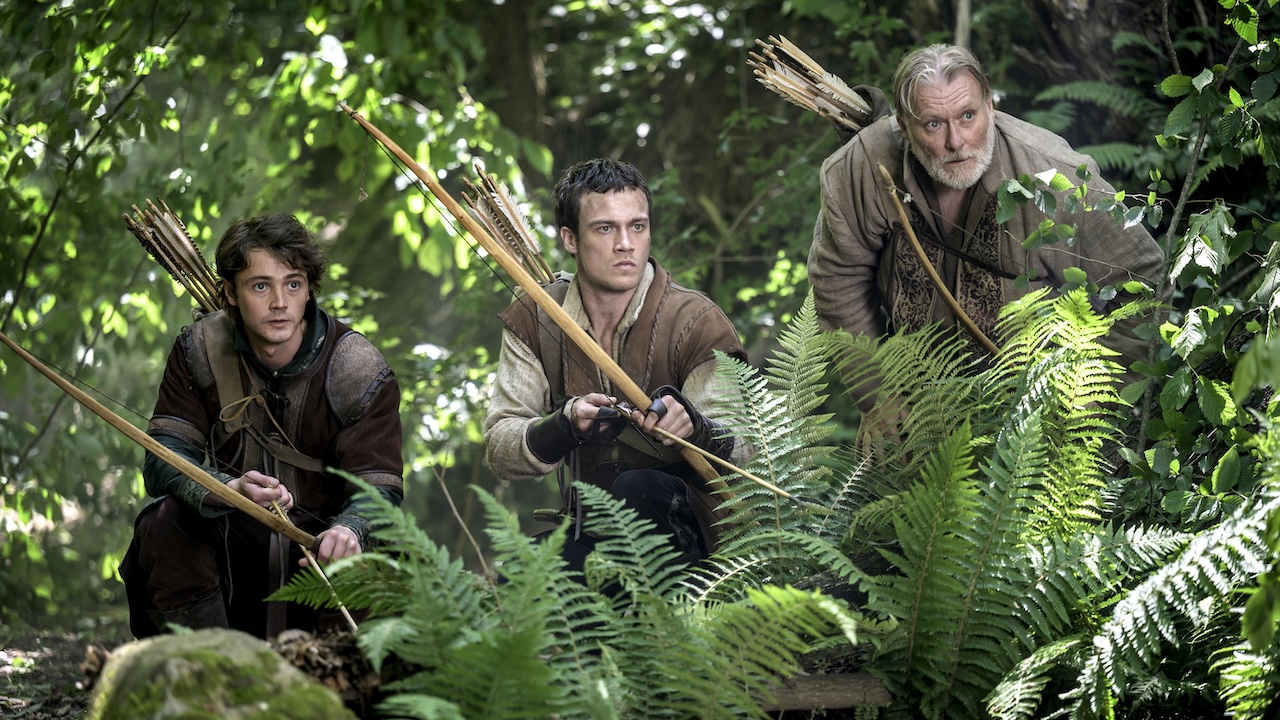Why The Purge TV Show Works So Much Better Than The Films Do
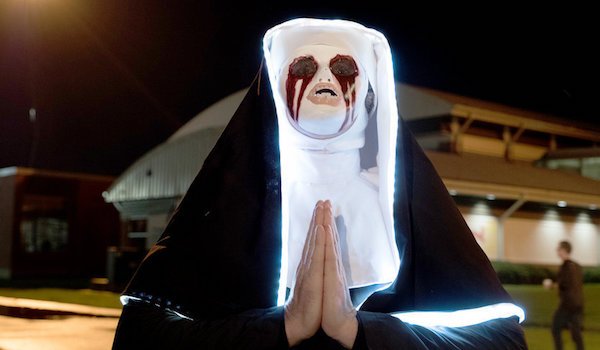
James DeMonaco's The Purge series is one of the most successful horror franchises out there, largely due to its endlessly explorable concept centered on a 12-hour period each year when nearly all crimes are legal. It's definitely not the most critically acclaimed horror franchise, with many limiting factors stopping the concept's full potential from being reached. That's changing with USA's new TV series of the same name, which manages to eclipse the movies in nearly all respects, proving television is The Purge's proper home. Let's take a look at why USA's The Purge is a win both for franchise fans and for genre lovers in general.
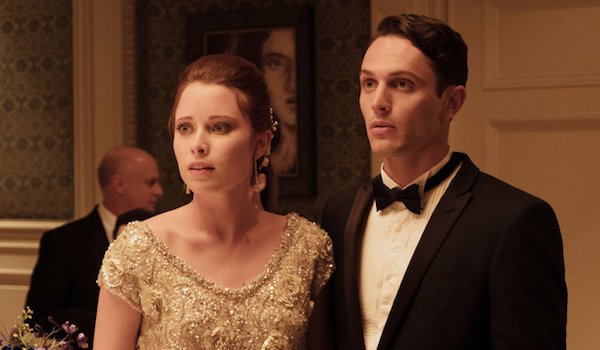
Backstories Make The Characters Matter More
In a Purge movie, someone's entire narrative drive and plot motivation can be delivered in five seconds of a character staring sadly at a photo of a child. Which, to be fair, is an admirably frugal way of saving space in a 90-minute runtime. But it doesn't exactly allow room to create the most memorable and rounded lead characters whose survival is supposed to matter to us. Thankfully, the Purge TV series has ten one-hour episodes to show us everything we need to form emotional Purge Night investments in characters such as Gabriel Chavarria's Marine-on-a-hunt Miguel and Amanda Warren's ethically corrupted businesswoman Jane. The parceled-out deliveries of everyone's pasts also helps to disrupt certain dynamics that viewers may think have been fully established.
For instance, Colin Woodell's Rick and Hannah Emily Anderson's Jenna (seen above) are spending Purge Night as the social outliers at a party filled with the city's most affluent and opinionated citizens. That's basically a film plot right there, but the show is able to use flashbacks and memory-flashes to peeling the layers back on the complicated route that guided Rick and Jenna to that party, and why some of the guests matter to the couple much more than others. (Such as Lili Simmons' unwavering rebel Lila.) As well as how much they matter to each other. All of these small screen characters' stories would be fine enough in abridged form for a film, but the expansive development is just what this franchise needed.

Flashbacks Balance Purge Night Chaos
Since the films focus so heavily on just the 12-hour timeline of Purge Night, there are some sporadic pacing issues that occur, since there aren't an abundance of natural ways to break up the rampant chaos with quiet and introspective moments. Character flashbacks definitely fix that issue in the most natural way possible, exploring the past to inform the characters' present-day mindsets, and in cinematic ways that aren't limited to "character arbitrarily delivering a life-history monologue right after a super-intense moment goes down." Showrunner Tom Kelly told us that flashbacks would be a really strong and unique element of the USA series, and he wasn't kidding.
Sure, there are horror fans that would love to just explore Purge Night shenanigans as if it was an open-world video game, but general TV viewers tend to seek out interesting storytelling from series like this. The flashbacks actually help the Purge Night horrors feel that much more terrifying by regularly instilling a false sense of calmness that quickly gets interrupted by freakish killers and screaming victims. And not just by cheap jump-scares and unearned frights, but usually from blissed-out Purgers going ham on somebody's face. What's more, the reverse can also be true of the flashbacks, where more subdued scenes in the early Purge Night hours are broken up by more dramatic looks to the past. And for the most part, it all works as well as anyone would have hoped.
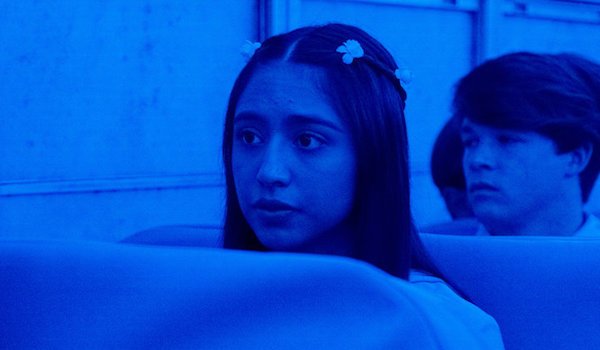
More Time To Explore Purge-Related Oddities
If you're like me, a large part of the enjoyment of this franchise comes from the weirdo peripheral details that fill in Purge Night's ghoulish backdrop. From the childishly creepy masks and costumes to the assortment of security-enhanced vehicles to the multitude of random and over-the-top kills that are happening throughout the cities. And though the central cast is larger than those of the films, that doesn't mean the TV show is skimping on the violent absurdities. It's quite the opposite, in fact, with lots of spontaneous madness sprinkled in both the foreground and background of present-day sequences. (And perhaps a flashback or two.)
Beyond those more sporadic elements, The Purge TV show also gets dive deeper into the societal and political changes that come with being a dozen years into the Purge era, obviously from a genre-centric perspective. For instance, Jessica Garza's Penelope is invested in a cult of Purge-worshippers led by Fiona Dourif's Tavis and her undying smile, which becomes more haunting as the show goes on. The group members all pledge to sacrifice themselves to Purgers so that other innocent people aren't targeted, which is a wildly different idea for a cult, even if the show can't completely unravel the philosophical logistics. USA's The Purge also puts more thought into the concept of Purge-free zones, and the kinds of people who would end up there, along with plenty of other curiosities big and small. The show really takes things up a notch a few episodes in.
Your Daily Blend of Entertainment News
Without knowing exactly where the story ends up, I can't say that The Purge TV show is wholly incredible as a standalone piece of entertainment. But it does a lot of things that the film franchise can't, and has a fun time making it all happen. Plus, Billy Baldwin has a recurring guest role in which he has a secret and doesn't do very much beyond looking guilty. Which, for those keeping track, is also something that the movie franchise hasn't done before.
So don't forget everything you've learned from the movies, but open your mind up to a new level of enjoyment by tuning into The Purge's series premiere on USA on Tuesday, September 4, at 10:00 p.m. ET. And check out our fall TV premiere schedule to see what other new and returning shows are on the way.
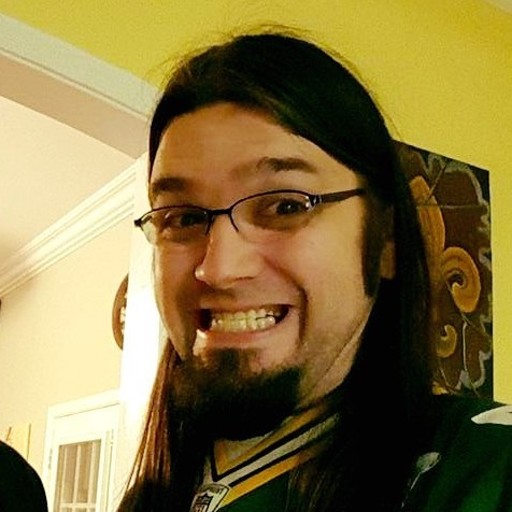
Nick is a Cajun Country native and an Assistant Managing Editor with a focus on TV and features. His humble origin story with CinemaBlend began all the way back in the pre-streaming era, circa 2009, as a freelancing DVD reviewer and TV recapper. Nick leapfrogged over to the small screen to cover more and more television news and interviews, eventually taking over the section for the current era and covering topics like Yellowstone, The Walking Dead and horror. Born in Louisiana and currently living in Texas — Who Dat Nation over America’s Team all day, all night — Nick spent several years in the hospitality industry, and also worked as a 911 operator. If you ever happened to hear his music or read his comics/short stories, you have his sympathy.
